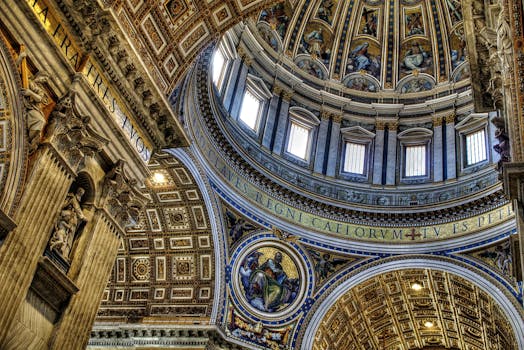
Traveling Through Time: How Europe’s Historical Heritage Shapes Modern Lifestyles in 2025
Introduction to Europe’s Historical Heritage
Traveling Through Time: How Europe’s Historical Heritage Shapes Modern Lifestyles in 2025. Europe, with its vast and diverse historical heritage, has been a hub of cultural, architectural, and artistic innovation for centuries. From the ancient ruins of Greece and Rome to the modern cities of London and Paris, Europe’s rich history has shaped the modern lifestyles of its inhabitants in profound ways. In this article, we will explore how Europe’s historical heritage continues to influence modern lifestyles in 2025, and what this means for travelers and locals alike.
Architectural Influences
One of the most visible ways in which Europe’s historical heritage shapes modern lifestyles is through its architecture. From the Gothic cathedrals of Notre Dame and Chartres to the Renaissance palaces of Florence and Venice, Europe’s cities are filled with iconic buildings that reflect the artistic and cultural values of their time. These buildings not only serve as reminders of Europe’s rich history but also continue to inspire modern architects and designers. In 2025, we can see the influence of historical architecture in the design of modern buildings, from the sleek, modern skyscrapers of London’s financial district to the historic, ornate buildings of Paris’s Latin Quarter.
Cultural and Artistic Influences
Europe’s historical heritage has also had a profound impact on its cultural and artistic landscape. From the works of Shakespeare and Mozart to the paintings of Van Gogh and Monet, Europe has been the birthplace of some of the world’s most influential artists and writers. In 2025, we can see the influence of historical culture and art in the many museums, galleries, and festivals that take place across Europe. From the Uffizi Gallery in Florence to the Louvre in Paris, Europe’s museums are filled with some of the world’s most famous and influential works of art. The many festivals and events that take place throughout the year, such as the Venice Carnival and the Edinburgh Festival Fringe, also reflect the rich cultural heritage of Europe.
Food and Wine
Another way in which Europe’s historical heritage shapes modern lifestyles is through its food and wine. From the traditional cuisine of Italy and France to the modern, innovative dishes of Spain and Denmark, Europe is renowned for its diverse and delicious food culture. In 2025, we can see the influence of historical cuisine in the many traditional restaurants and cafes that can be found throughout Europe. The wine industry is also an important part of Europe’s historical heritage, with many of the world’s most famous wine-producing regions, such as Bordeaux and Tuscany, located in Europe. The many wine festivals and events that take place throughout the year, such as the Bordeaux Wine Festival and the Tuscany Wine Festival, also reflect the rich wine culture of Europe.
Conclusion
In conclusion, Europe’s historical heritage continues to shape modern lifestyles in 2025 in many profound ways. From its architecture and cultural landscape to its food and wine, Europe’s rich history has left an indelible mark on the modern world. Whether you are a traveler or a local, Europe’s historical heritage is an integral part of what makes this continent so unique and fascinating. By exploring and experiencing Europe’s historical heritage, we can gain a deeper understanding of the complex and multifaceted nature of modern European society.






